Major market players are spending a lot of money on R&D to increase their product lines, which will help the Medical Automation Market grow even more. Market participants are also taking a range of strategic initiatives to grow their worldwide footprint, with key market developments such as new product launches, contractual agreements, mergers and acquisitions, increased investments, and collaboration with other organizations. For example, Ortho Development announced in May 2021 that the FDA had approved the use of its BKS and BKS TriMax implants with THINK Surgical's TSolution One TKA programme.
Corin Group, on the other hand, announced updates to its cloud-based digital ecosystem in May 2021, including a significant software update for CorinConnect. Competitors in the Medical Automation industry must offer cost-effective items to expand and survive in an increasingly competitive and rising market environment.
One of the primary business strategies adopted by manufacturers in the global Medical Automation industry to benefit clients and expand the market sector is to manufacture locally to reduce operating costs. In recent years, Medical Automation industry has provided with greatest benefits with some of the most significant benefits. The Medical Automation Market major player such as Koninklijke Philips N.V. (Netherlands), General Electric Company (US), Stryker Corporation (US), Siemens AG (Germany), Medtronic Plc (Ireland), Becton (US), Dickinson and Company (US), M Company (US), Tecan Trading AG (Switzerland), Danaher Corporation (US), Intuitive Surgical (US), and Others.
Koninklijke Philips N.V. (Royal Philips) is a Dutch multinational firm that operates in the healthcare, lighting, and consumer products sectors. The healthcare division of the corporation provides a diverse range of medical equipment and services, such as diagnostic imaging systems, patient monitoring solutions, and healthcare informatics. With operations in over 100 countries, Philips has a strong presence in the worldwide healthcare sector. The company is focused on innovation and has a considerable R&D budget dedicated to developing innovative technology and solutions for the healthcare industry.
General Electric (GE) is a worldwide conglomerate based in Boston, Massachusetts, with businesses in energy, aviation, healthcare, and finance. GE Healthcare provides a variety of medical equipment and services, including diagnostic imaging systems, patient monitoring solutions, and healthcare information technology. GE is actively involved in the development of medical automation technology, with the goal of improving patient outcomes and enhancing healthcare delivery efficiency. The corporation is making significant investments in artificial intelligence (AI) and machine learning technologies that can be used in healthcare.
GE's healthcare IT solutions are intended to improve clinical decision-making, streamline healthcare operations, and boost the effectiveness of healthcare delivery.
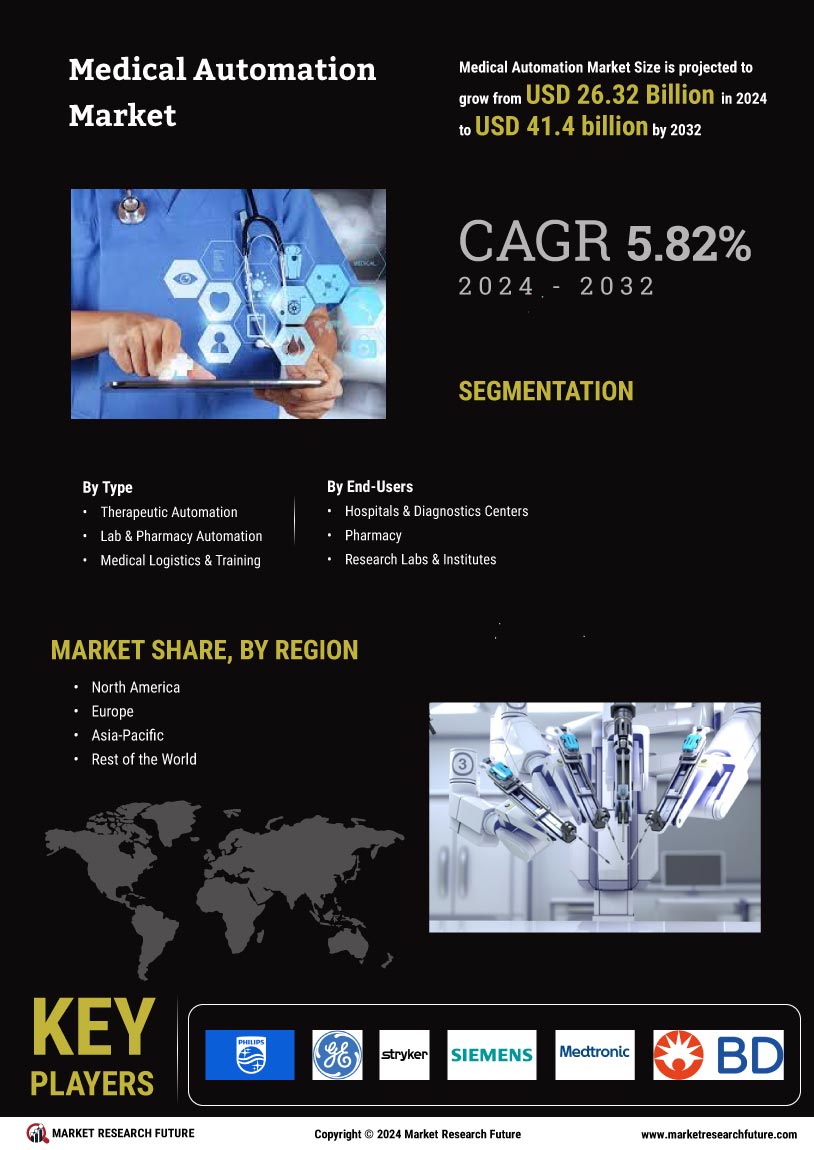

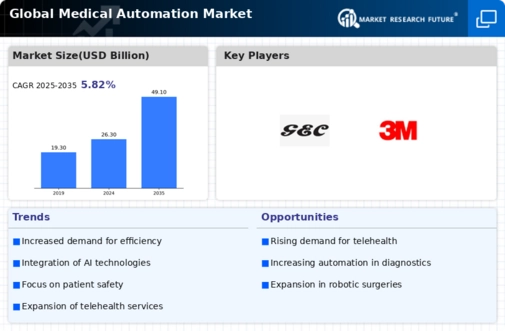


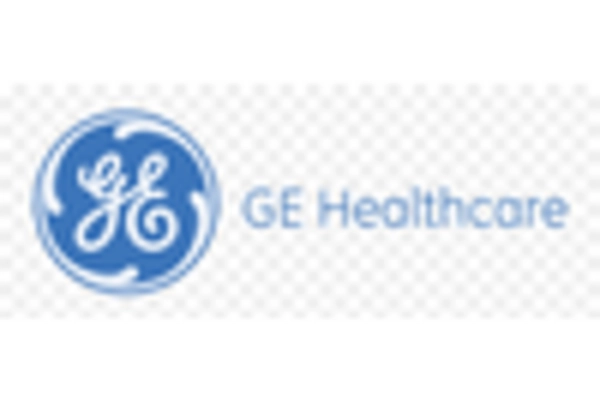
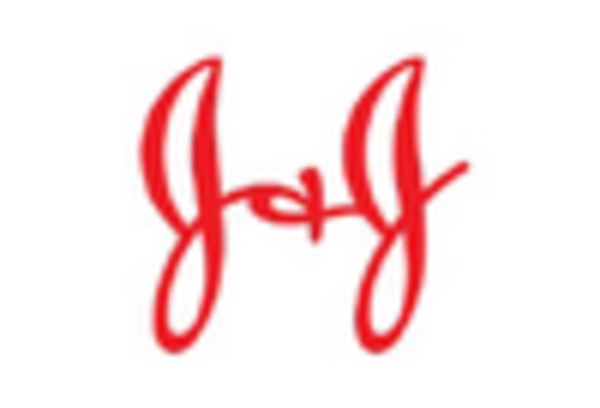

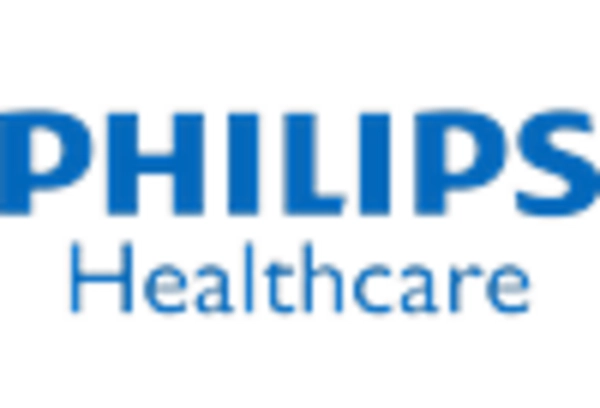
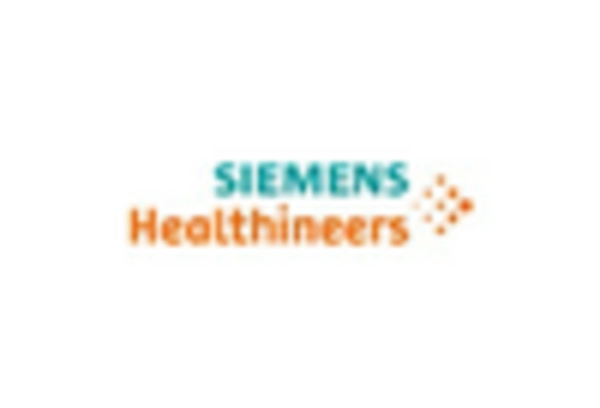








Leave a Comment